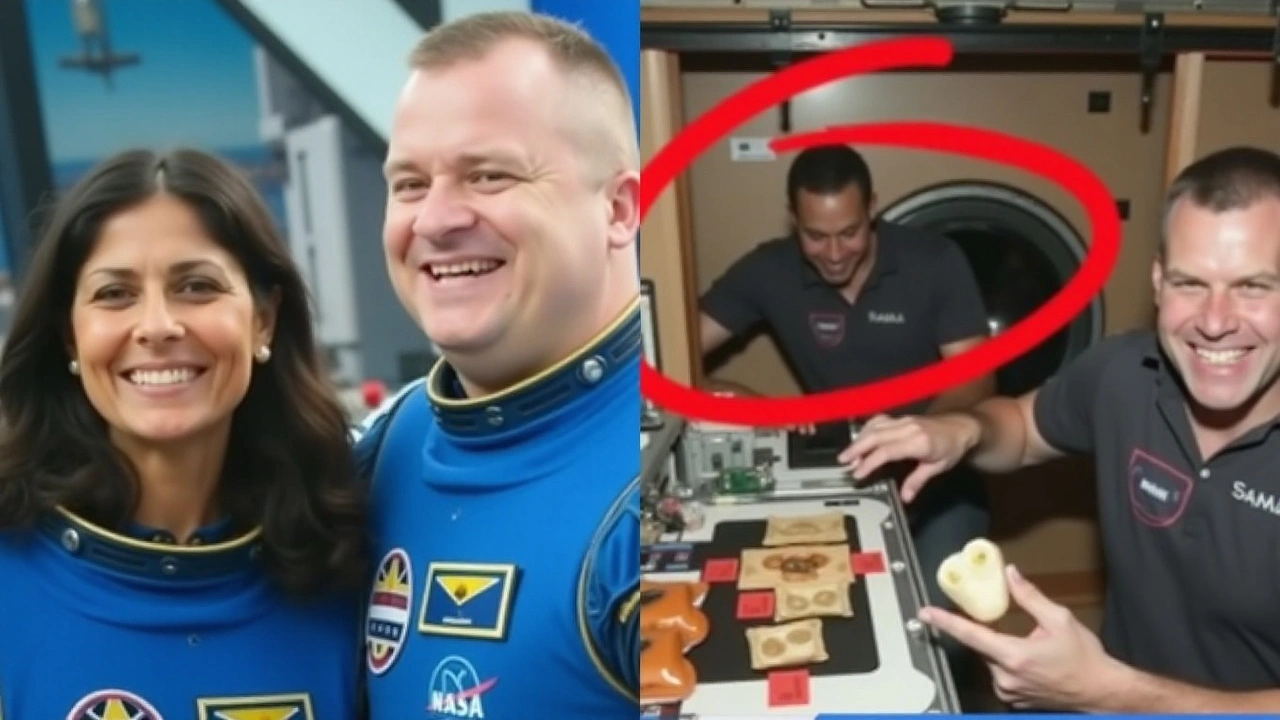Space Mission: How They Work and Why They Matter
Ever wondered what really happens during a space mission? From tiny CubeSats to crewed trips, missions follow a clear path: a goal, design, tests, launch, operations and then the mission’s end. Knowing those steps helps you read news updates without getting lost in jargon.
It all starts with the objective. Is the mission for science, communications, Earth observation, navigation or exploration? That goal decides the payload, the flight plan and the budget. Engineers turn the objective into hardware and software, then test everything in conditions that mimic space: vacuum, vibration and extreme temperatures. Tests catch most problems before launch, but teams also build backups for key systems.
Launch day looks dramatic on TV, but it’s mostly orchestration. The rocket follows a timed checklist: engine ignition, liftoff, stage separations, and orbit insertion. For crewed flights there are extra safety steps and medical checks. If something goes wrong, controllers decide within seconds whether to continue, abort or delay. Missed weather windows or minor technical issues often lead to a scrub — disappointing, but safer than risking the mission.
Types of Space Missions
Robotic missions: These include orbiters, landers, rovers and probes. They study planets, asteroids, and the Sun without risking human life. Think Mars rovers or weather satellites.
Crewed missions: Carry astronauts for research, station maintenance or exploration. The International Space Station and Artemis lunar flights are examples.
Cargo and resupply missions: Deliver fuel, food and parts to space stations. Regular and reliable launches keep crews alive and experiments running.
Technology demos and small satellites: CubeSats let universities and small companies test new ideas cheaply. They’re becoming big players in communications and Earth monitoring.
How to Track and Understand Mission Updates
Want to follow a mission without confusion? Start with official sources: space agencies, launch providers and mission pages. They publish launch schedules, live webcasts and post-launch reports. Watch the live stream for key calls: T-minus times, stage separations, MECO (main engine cutoff) and orbit insertion. If you see the word “nominal,” that means things are going as planned. “Anomaly” means controllers are investigating a problem.
Mission logs and press kits explain objectives and expected milestones. Social media gives quick updates but stick to official accounts for facts. For deeper reads, check published science briefs or agency blogs that explain why a result matters.
Space missions touch everyday life more than you might think. Satellites enable weather forecasts, mobile networks, banking and disaster response. African countries run satellites for agriculture, mapping and communication. Organisations like SANSA support regional needs while private companies expand services across the continent.
Quick checklist before a launch: know the mission goal, find the official webcast link, note the launch window, and follow post-launch status updates. With those few steps you’ll get accurate updates and understand what each milestone means.
Space missions can seem technical, but the basics are simple: a clear goal, careful testing, a timed launch and ongoing operations. Once you know the stages, following the next mission becomes a lot more interesting — and a lot less confusing.
- November 9, 2024
- Comments 11
- Technology

